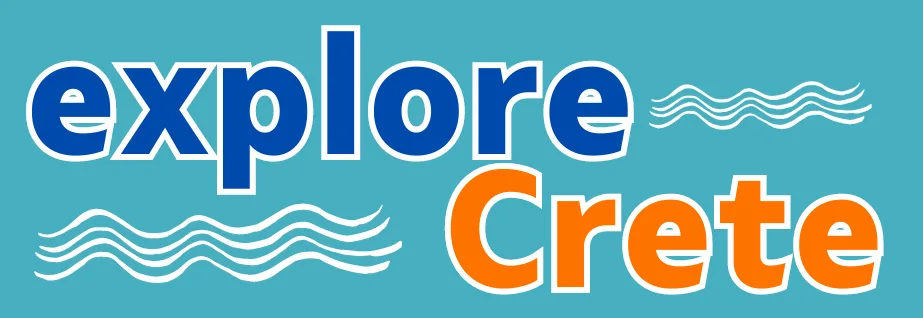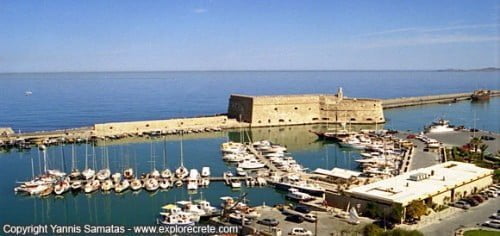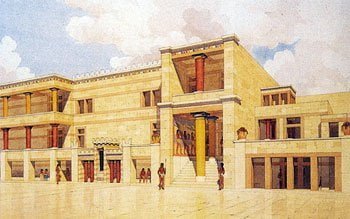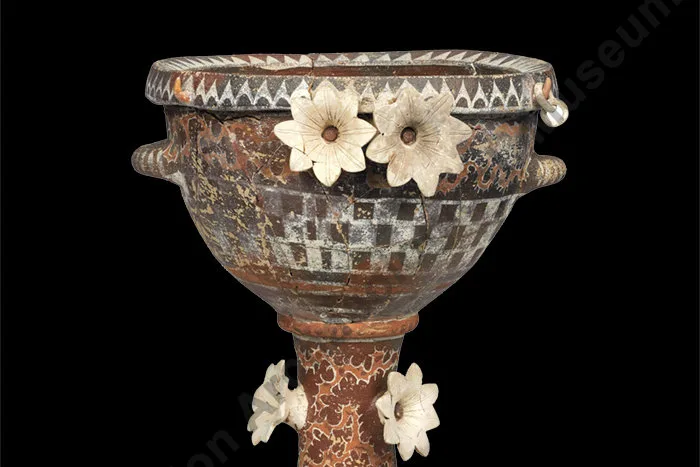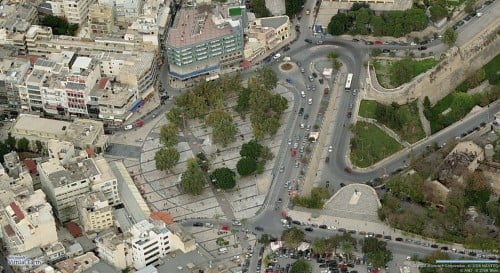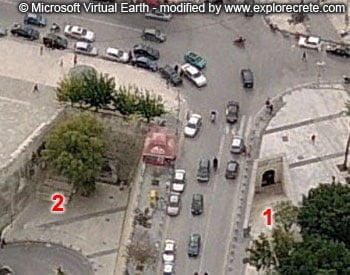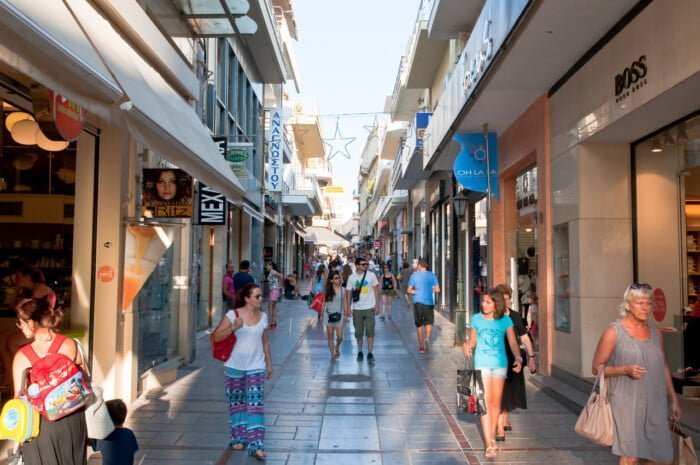Kornarou Square in Heraklion
Kornarou Square
Kornarou Square or “Falte Tzami”, as the people of Heraklion still call it, is at the junction of Evans and Averof Street. Averof Street runs from Eleftherias Square and continues as Vikela Street down to Agios Minas. You can also reach Kornarou Square from the Lions and the Meidani via the central market of Heraklion (1866 Street).
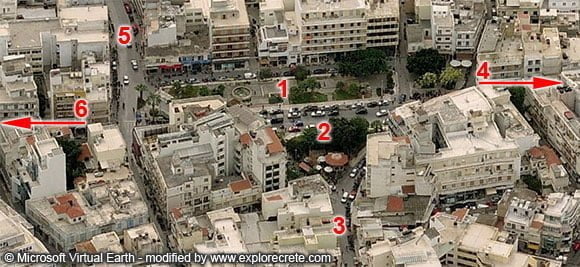
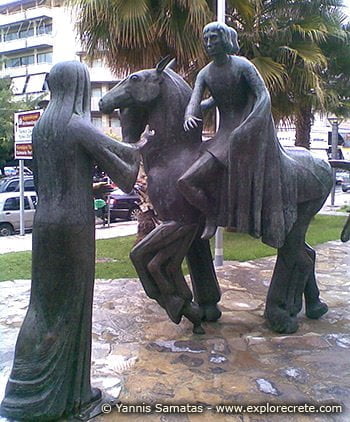 Kornarou Square was named after the great Cretan poet Vincenzos Kornaros, a poet from Sitia who grew up in Chandax (Heraklion).
Kornarou Square was named after the great Cretan poet Vincenzos Kornaros, a poet from Sitia who grew up in Chandax (Heraklion).
Vincenzos Kornaros (1552-1613) is one of the main representatives of the Cretan Renaissance and his best-known work is “Erotokritos“. This is a narrative poem or verse romance written in the Cretan idiom, the poet’s mother-tongue, comprising thousands of verses on the love of Erotokritos and Aretousa.
The poem, which is comparable to the Western European “Romeo and Juliet”, still remains alive in Cretan hearts today. Extracts are often recited in company, as every Cretan knows at least a few verses by heart.
Today, Kornarou Square is adorned with a fountain and a statue of Erotokritos on horseback, bidding farewell to his beloved Aretousa.
Don’t be confused by the multiple forms of the hero and his horse; it is the artist’s way of expressing the movement and drama of the moment.
The Cretan Renaissance
In the 16th and 17th century, relations between the Cretans and the Venetian conquerors had eased to such an extent that commercial and professional partnerships had arisen between the two communities, which had become a unified society. The economic flowering of Crete due to commercial activity offered the inhabitants of Chandax a refined lifestyle, resulting in the creation of many workshops. At the same time, the relations of the city with the metropolis of Venice exposed the Cretans to the ideas of humanism and the Renaissance.
Thus, at the end of the 16th century Chandax was the intellectual and artistic centre of Crete. This was the birthplace of the major intellectual and artistic current now known as the Cretan Renaissance, represented by eminent men of letters and the arts.
Scholars believe that from the second half of the 15th century to 1669, Greek culture and letters were preserved in Cretan literature. Crete produced works under the influence of both Byzantine tradition and the Italian Renaissance, in the dialect of east-central Crete. It is said that, had it not been for the Turkish conquest of the island, the Cretan idiom would now be the official language of the Modern Greek state.
Church of Christ the Saviour, San Salvatore at Kornarou Square
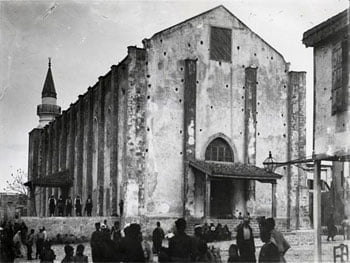 Kornarou Square was a major centre of the Venetians burgs or suburbs, as the city gradually extended beyond the walls.
Kornarou Square was a major centre of the Venetians burgs or suburbs, as the city gradually extended beyond the walls.
The area was dominated by the Augustinian church of Christ the Saviour, San Salvatore. This was an elongated, impressively large but austere church, which managed to escape the various earthquakes that struck Heraklion through the centuries. Later, under Turkish rule, it was converted into a mosque dedicated to the Valide Sultan (the Queen Mother, or mother of the Sultan). The name “Valide Camii” was corrupted into “Falte Tzami”, as Kornarou Square is known to the older people of Heraklion.
The church of San Salvatore housed Greek refugees after the exchange of populations with Turkey in 1922. It also housed the first Girls’ High School in Heraklion until the 1960s, when it was demolished by Junta member Stylianos Pattakos as supposedly “derelict”. The truth is otherwise; yet another famous monument of Chandax was sacrificed on the altar of greed, for the sake of so-called “development”.
© explorecrete.com All Rights Reserved. Reproduction or copying without permission is prohibited.
